Exploring Today’s Plate Imaging Options
A common fear among those still using film imagesetters to produce photopolymer plates is that their device is on its last days–barely hanging on to operational status. Replacement parts are few and far between, leaving little choice but to scour the Internet for parts and redundant equipment to keep the imagesetter operational. In a recent survey, some imagesetter users reported expenses of up to $9,000 annually for parts and services. It also represents taking the risk that the imagesetter can be repaired in a timely fashion (or at all) to avoid costly downtime. The purpose of this article is to present options available to satisfy nearly every budget and quality requirement. Choosing an imaging system that fits your needs is critical to a successful return on investment. Not only should the current requirements be considered, but perhaps more importantly future needs and objectives.- What are the objectives of your company in the next five years?
- What level of quality will your customers demand, and what will your competitors have to offer?
- How many finished plates per hour or shift need to be completed?
- What are your typical and maximum finished plate sizes?
Eliminating Film: A Streamlined Platemaking Workflow
For those seeking a way to eliminate film from the platemaking process, there are several options. Direct engraving, laser ablation, and inkjet CtP are all filmless plate imaging options. While all three methods yield an imaged flexo plate, there are considerations for each method that can make or break these technologies as a fit for your business.Laser Ablation
By far the most popular digital platemaking option, laser ablation devices use a YAG fiber or diode laser to ablate image areas on digital flexo plates (plates with a black carbon LAMS layer). Ablation refers to the process of the laser beam(s) vaporizing the black carbon layer, exposing the plate material beneath. This allows the ablated areas of the plate to be exposed to UVA light and cure, forming the printing image. Specially engineered ablative films can also be imaged by this type of device to produce positives or negatives for applications requiring film. Laser ablation devices are the current industry standard for digital platemaking for a number of reasons including high quality output, wide selection of compatible plate materials, and overall efficiency.Laser Ablation Pros:
- Efficient throughput of plates.
- High resolution imaging capabilities and specialty screening options.
- Small overall footprint with minimal auxiliary equipment.
- Excellent reliability and ease of use.
- Seamless imaging capability (with Esko CDI Cantilever and ITR plate sleeves).
Laser Ablation Cons:
- Initial cost of equipment can be a large expense.
Inkjet Computer-to-Plate
As a newer technology in the plate imaging market, Inkjet CtP eliminates film from the platemaking process by utilizing inkjet technology to print a mask layer onto analog sheet photopolymer. The process is simple, fast, and the equipment is the least expensive of the digital plate imaging options. While overall image quality is not on par with laser ablation, this option would be suitable for narrow web printers who can work with the small plate size requirement and are not planning to implement high resolution/high LPI printing techniques. DigiFlex is the exclusive manufacturer of the FlexoJet 1725 Inkjet CtP device for flexographic plates. Their unique bi-component ink and laminated primer system make this device compatible with nearly any analog plate on the market. Uniquely, the Aquaflex Optima plate does not require the laminated primer to be applied, resulting in a streamlined workflow and consumable savings.Inkjet CtP Pros:
- Small device footprint.
- Quiet operation, even suitable for office environments.
- Can utilize same analog material through transition to digital imaging.
- Flat top dot is produced when primer is applied.
Inkjet CtP Cons:
- Imaging resolution is lower than laser ablation.
- Periodic manual cleaning is required.
- Ink and laminate consumables required for operation.
- Printed mask must be removed with water before solvent processing.
- Limitation on the size of the plate that can be produced.
Figure A – Comparing Laser Ablation to Inkjet CtP Plate Imaging
| 10% Dot | 50% Dot | Line | 4pt Positive Type | |
|---|---|---|---|---|
Laser Ablation |
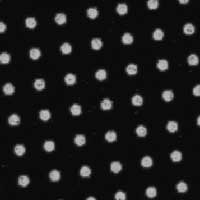 |
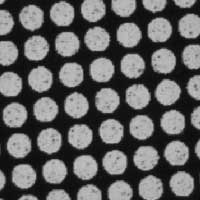 |
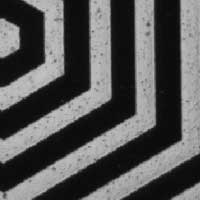 |
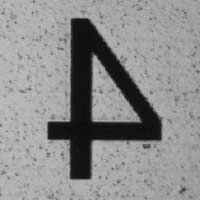 |
Inkjet CtP |
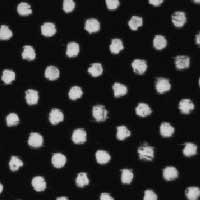 |
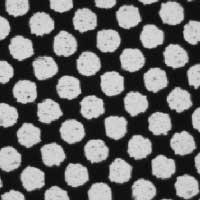 |
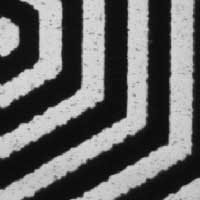 |
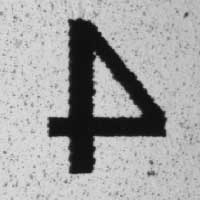 |
Direct Engraving
Direct engraving machines image plate materials using a high-powered engraving laser. The laser destroys the non-image areas of the plate to create relief. These machines eliminate film as well as traditional plate processing equipment, and can provide nearly unlimited dot profiles (shoulder angles and tip shapes). While these machines can provide some unique capabilities, they can be quite expensive. Here are some key factors to take into consideration:Direct Engraving Pros:
- Two step platemaking process (engraving, cleaning).
- Nearly unlimited control of dot shape and shoulder profiles.
- Seamless imaging capability.
Direct Engraving Cons:
- A limited number of materials can be engraved using this process.
- The engraving laser can only produce one sheet/sleeve at a time, so throughput is considerably less than other platemaking processes.
- These machines are typically large and can require filter and suction equipment to be installed in a separate, specially-designed room.
Negatives Without the Negativity
If the analog platemaking process better suits your company’s needs, or if you are using liquid photopolymer, continuing with film may be the best option for you. Thermal film imagesetters provide durable, high quality film negatives (or positives) with the convenience of a thermal desktop printer. These devices utilize a precise thermal imaging head paired with a special thermally-sensitive film to create finished film in one step. No chemical processing, no additional equipment, no hassle. All Printing Resources carries the EXILE line of thermal imagesetters, which offers a variety of sizes for nearly any application.Thermal Imagesetter Pros:
- Excellent density, crisp edges – suitable for many applications.
- Durable film can be stored for 20+ years without degrading.
- Fast, chemical free film output. No processing or darkroom required.
- 1200 x 1200 dpi resolution is suitable for fine line work and screen rulings up to 120 LPI.
- Small device footprint, no extra equipment.
Thermal Imagesetter Cons:
- Not suitable for screen rulings over 120 LPI.
- Thermal print head is a consumable, but replacement can be covered with film purchase agreement.
Figure B – Comparing Thermal and Inkjet Film Imaging Quality
| 3% Dot | 50% Dot | Line | 6pt Reverse Type | |
|---|---|---|---|---|
Thermal Film |
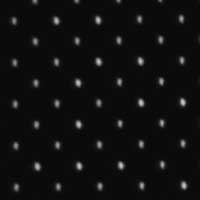 |
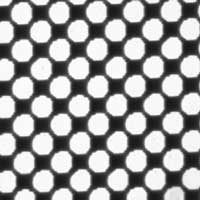 |
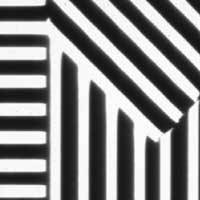 |
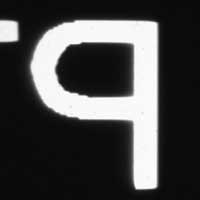 |
Inkjet Film |
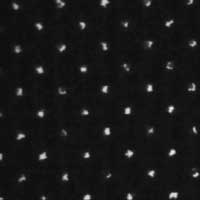 |
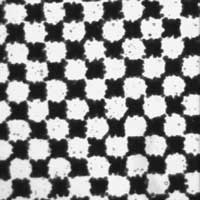 |
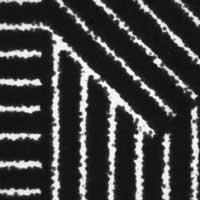 |
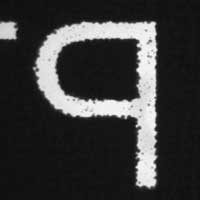 |
Quick Reference Chart – Plate Imaging Options
| Imaging Technology |
Maximum Resolution |
Imaging Speed |
Maximum Plate Size |
Consumables (excluding plates) |
Price |
|---|---|---|---|---|---|
| Esko CDI Laser Ablation |
Up to 4000 PPI* |
Up to 8m2/hour |
52” x 80” 1270 x 2032 mm |
None | $$$$ |
| DigiFlex Inkjet CtP |
2880 x 1440 DPI | Up to 2m2/hour |
17.3” x 25.2” 440 x 640 mm |
Specialized Ink, Laminate Film (if needed) |
$$$ |
| Direct Engraving |
Up to 2946 DPI |
Up to 1.5 m2/hour |
47.5” x 138” 1206 x 3500 mm |
CO2 cylinders (if CO2 laser type) |
$$$$$ |
| EXILE Thermal Film |
Up to 1200 DPI |
Up to 6.4m2/hour |
53.7” x 200’ 1364 x 60960 mm |
Thermal Film | $ |
